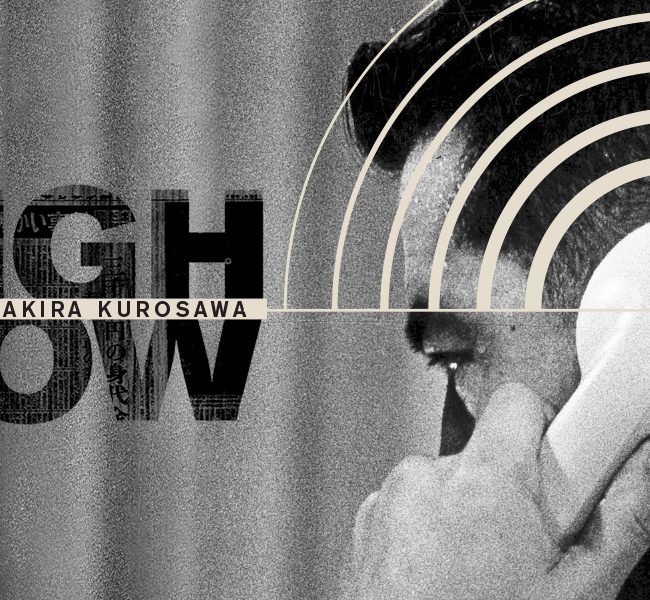SOUND FOR SILENTS; THE SAN FRANCISCO SILENT FILM FESTIVAL 2025

Among the lingering ghosts of the cinematheque, our less-than-apt “silent” retronym persists. Nearly everyone refers to early films as such now; no one called them that then. These were moving pictures. Photoplays. As the saying goes in the decades since, “Silent film was never silent!” Some form of soundtrack accompanied these films whenever and wherever they were screened, either fully composed or cobbled together from readymade cues or, then and now, improvised with themes extracted from the elusive ether. It could consist of a single individual on an organ (or, in smaller venues, a piano) or performed by a group of players on an assortment of instruments or, for road-shows and special presentations, a full orchestra on occasion. The variety of possible scores are as varied as the films themselves.
Composing music for film can be as much of an artform as the making of the film itself. Each viewing has the opportunities of enhancement by underscoring the emotion of a scene. Still other sensations can derive from seemingly incongruous melodies. The musicians who crafted these compositions prior to the introduction of synchronised soundtracks are largely unremembered or underappreciated now, with a handful of exceptions. Those who accompany silent screenings in this century—vastly multi-talented individuals such as Stephen Horne, Matti Bye, Lori Goldston, Timothy Brock, Donald Sosin, Günter Buchwald and many others—can be found performing at assorted events from Pordenone to Tromsø to San Francisco and cities in-between. Of gatherings dedicated to silent films with live accompaniment, Los Angeles is the latest addition to that illustrious list.
Imagine Paul Fejos’ part-talkie Lonesome from 1928, where a record of the song “Always” is seen in a scene. A resourceful accompanist could play their own rendition of the song using sheet-music from the period. Or they could choose to spin a vinyl recording of that tune, accordingly. Still others could ignore any reference to the song and perform something else entirely. All three interpretations, in the context of the rest of the score, could be valid. Moments, when they function as intended, can be transformative. Conversely, the lack of sound can be as disorienting as a less-than-thoughtful score.
A visual-storytelling spark that burst in the mid-1890s prevailed for three-and-a-half decades. What was gained in verisimilitude with the introduction of synchronized sound thereafter, the transportive qualities of filmmaking substantially evaporated and failed to be reclaimed until the mid-1960s. A thirty-year disruption in forward momentum (with a handful of notable exceptions), much of the “art” of cinema was denuded due to the technical requirements of audio-recording. Cameras largely stopped moving, settling into a fixed position. Films at the conclusion of the 1920s and into the early-1930s—at least in Hollywood—were rapidly overrun by the cinematic equivalents of filmed stage-plays using limited shooting locations or sets. As an art-form, technical achievements in film arguably peaked in the late-1920s, par exemple, with Abel Gance and F.W. Murnau in the west (Napoléon and Sunrise from each, with filmographies overflowing in many grand selections) or in the mid-1930s of Yasujirō Ozu and Wu Yonggang (A Story of Floating Weeds and The Goddess, respectively) in the east.
[Admittedly, the advent of synchronised sound had little immediate impact in Japan. Films continued to be made in much the same way for nearly another decade (along with the use of a benshi [narrator] for another evening’s entertainment entirely). A mere handful of years later, in the post-war One Wonderful Sunday, Akira Kurosawa was already exploring inventive uses of diegetic and fabricated sound in actual locations to astonishing narrative effect. Digression complete.]
The filmmakers who tended to continue approaching the format with an eye towards evocative composition and framing (rather than an ear for banter, although many had that capability as well) were regularly those who’d started in the silent period. Sjöström. Epstein. Dovzhenko. Lubitsch. Lang. Hitchcock, even. Despite its value as a popular art form, motion pictures nevertheless maintained their misappraisal as a disposable media-form, destined for landfill or harvested for valuable silver nitrate. Hence it was a reappreciation and reappraisal of dialogue-free masterpieces—Körkarlen [The Phantom Carriage]; Fantômas; Zvenigora; Le Souriante Madame Beudet; Die Büchse der Pandora [Pandora’s Box]; The General; Die Nibelungen; City Lights—that have inspired discerning filmmakers and composers ever-after. A result of artistry-interrupted, perhaps, silents have been reclaimed and re-explored by each subsequent generation. The majority of works from the earliest days are disappointingly gone forever, lost to deterioration or merely missing, yet the forward-thinking actions of Henri Langlois and Georges Franju at the Cinémathèque française in Paris to more recent efforts by the Eye Filmmuseum in Amsterdam and the achievements of other national and independent archives throughout the world (Retroformat, the San Francisco Film Preserve and others among them) keep these essential works vibrant for audiences of all ages.
Not unlike opera as theatrical performance and art-music conjoined, a silent screening is a concert and a film in one. Silents—and their persistent lack of silence—remain one of the rare areas of cinematic pleasures for constant rediscovery in a live* setting. Each time light passes through the projector and the assembled players perform, the potential for a transformative experience begins anew.
*[Thankfully, many of these scores can be revisited on physical media with a multitude of releases from Flicker Alley, the Criterion Collection, Undercrank Productions, Kino Lorber and additional likeminded distributors.]
The 2025 San Francisco Silent Film Festival runs November 12-16 at the Orinda Theater
— Jonathan Marlow | SV ARCHIVE [SCARECROW] Executive Director (and occasional silent film composer)











